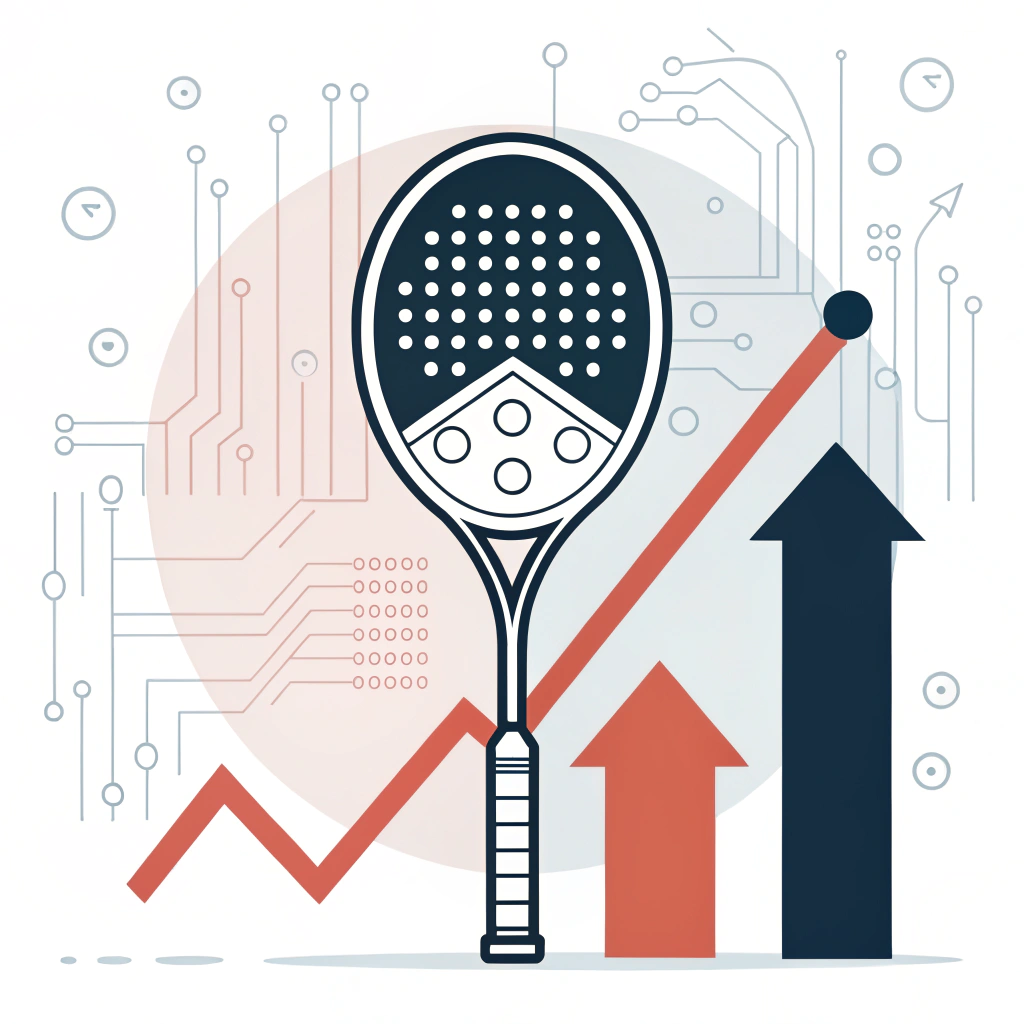The future of padel is set to be dynamic and innovative, driven by rapid market growth, advanced production methods, and evolving consumer demands. In this article, we explore how emerging trends in the padel market are reshaping production strategies and decision-making for B2B sports equipment procurement.
In recent years, the padel market growth has been nothing short of phenomenal. Increasing player participation, the rise in dedicated sports facilities, and continuous product innovation contribute to a booming ecosystem. For procurement decision-makers, understanding these trends and adapting to advanced manufacturing techniques is key to securing a competitive advantage.
Recent data indicates that the padel market is experiencing explosive growth worldwide. For example, projected figures show that the number of padel players in regions such as the UK may increase from 65,000 monthly players in 2024 to 200,000 by 2026. Similarly, data from the United States reveals that participation in padel has soared, with an increase of over 250% in player numbers since 2022 and a significant incorporation of padel courts in new sports developments.
This rapid market expansion translates into several key implications for B2B procurement:
- Increased demand for high-performance products. As more players take up padel, they seek equipment that not only enhances performance but also offers longevity.
- Emphasis on innovative production techniques.
-
- Customization1 and differentiation. Consumers now expect tailored solutions. From the shape of the racket—whether Diamond, Round, or Teardrop—to custom printing and color variants, differentiation is essential.
A simplified table showcases these market trends:
| Trend Category | Key Indicators | Impact on Procurement |
|---|---|---|
| Player Growth | 65,000 to 200,000 monthly players in key markets | Need for scalable production and innovation in product features |
| Facility Expansion | Increase from 350 to 1000 courts in key regions by 2026 | Greater demand for standardized yet customizable products |
| Equipment Customization | Rising trend in personalized designs and bespoke solutions | Emphasis on flexible manufacturing and OEM partnerships |
| Advanced Manufacturing | Use of high-performance carbon fibers and rapid sample testing | Competitive edge through technology and precision in production |
A significant driver of the padel racket industry is the advanced manufacturing2 process that underpins product excellence. Our company, NEX Padel, leverages cutting-edge technology to produce rackets that resonate with both professional and recreational players. From selecting the optimal fibers to producing durable structures, we incorporate a meticulous production process that enables innovation and quality.
-
Material Innovation:
Utilizing materials like 3k, 12k, and 18k carbon fibers3, we create rackets that are lightweight yet remarkably resilient. The blend of fiberglass and advanced carbon composites allows us to tailor the performance characteristics of each racket. This innovative approach ensures that game performance is maximized without compromising on durability. -
Rapid Prototyping and Customization:
In a market where customization is paramount, our quick sampling and design iteration processes set us apart. Whether it is the shape—Diamond, Round, or Teardrop—or personalized elements like custom prints and color schemes, our system is agile enough to meet diverse market needs. Adding value through customization not only enhances user experience but also helps in building a distinctive brand identity. -
Quality Assurance and Supply Chain Management4:
Quality control integrates every stage of the manufacturing process. Advanced production techniques require meticulous monitoring, and our supply chain is optimized to ensure every component meets stringent standards. This unwavering commitment to quality has cemented our reputation among notable brands such as Hirostar, Reebok, and Starvie.
The Role of OEM production strategies5
OEM production strategies are pivotal in the current padel racket ecosystem. Decision-makers benefit from engaging with manufacturers capable of:
- Flexible customization capabilities: Full shape customizations and customizable features like hand grips and handle covers that can carry logos significantly boost product differentiation.
- Fast turnaround times: Rapid sampling and timely delivery are critical in addressing market demands, making it feasible for suppliers to offer competitive delivery schedules.
- Enhanced collaborative innovation: Working closely with brands solidifies trust and fosters a cooperative environment that pushes product innovation forward.
Table below outlines the core benefits of OEM strategies in padel manufacturing:
| Benefit | Description | Example in Padel Production |
|---|---|---|
| Customization | Tailoring product components to meet brand-specific requirements | Custom shapes and logo imprints on hand grips and racket covers |
| Agility | Quick turnaround times from sampling to delivery | Fast sample approvals ensure products hit the market swiftly |
| Quality Control | Ensuring product consistency and performance through advanced QC | Use of high-grade carbon fibers and rapid technology in production |
| Collaborative Innovation | Fostering partnerships to drive continuous product improvement | OEM partnerships with top brands for co-branded product lines |
For B2B professionals involved in sports equipment procurement, understanding these trends can streamline decision-making. It is crucial to evaluate suppliers based on their ability to innovate and scale. NEX Padel stands as a prime example of a manufacturer that combines industry-leading production techniques with a consistent record of delivering high-performance, customizable padel rackets.
- Advanced Production Technologies: Look for manufacturing partners that invest in state-of-the-art production methods. These capabilities ensure that each product meets the performance expectations of an increasingly discerning consumer base.
- Commitment to Quality: Quality assurance should be non-negotiable. Evaluate the track record, production processes, and QC measures that a manufacturer deploys.
- Customization Flexibility: In a competitive market, the ability to offer custom solutions such as personalized designs or unique performance features is a crucial differentiator.
- Supply Chain Efficiency: Rapid sampling, consistent delivery timelines, and optimized supply chain management are critical factors that dictate the success of OEM partnerships.
By aligning procurement strategies with these criteria, decision-makers can minimize risks and maximize returns, ensuring that their sports equipment not only meets market demands but also sets a precedent in innovation.
Global padel markets are set to experience sustained growth in the next decade, driven by increasing participation rates and the construction of new sports facilities. For instance, the global market was valued at approximately 204 million dollars in 2023 and is expected to reach nearly 493 million by 2032. This growth narrative is not exclusive to one region; even in the United States, the sport is rapidly gaining traction with more than 70% of new sports facilities incorporating padel courts.
From a decision-making perspective, these projections imply a robust future where strategic investments in manufacturing capabilities and market-responsive service offerings will yield long-term competitive benefits. Companies that can innovate and customize their product offerings are better positioned to capture a greater share of this expanding market.
- Invest in Innovation: Emphasize innovative production techniques and materials that elevate the performance of padel rackets.
- Develop Strong OEM Partnerships: Collaborate with manufacturers who demonstrate reliability and inspire trust in the production process.
- Enhance Customization Options: In today’s market, one-size-fits-all solutions are rarely sufficient. Custom products help in carving a niche and addressing specific market segments.
- Monitor Market Trends: Stay updated with market data and growth projections to adjust procurement strategies in line with the evolving landscape.
These action points serve as a roadmap for decision-makers who aim to secure a competitive edge in the padel market.
The evolution of the padel market is a clear indication of the sport's increasing popularity and the corresponding need for high-quality, innovative equipment. Advanced manufacturing, combined with rapid customization and stringent quality control, positions companies like NEX Padel at the forefront of this dynamic industry.
By integrating data-driven insights and embracing modern OEM production strategies, B2B procurement professionals can make informed decisions that align with market trends. The focus on scalable production, innovation, and supply chain efficiency will not only satisfy current market demands but will also establish a strong foundation for future growth.
Decision-makers are encouraged to leverage these insights to build strategic partnerships and implement production innovations that will drive success in the competitive landscape of padel sports equipment.
People Also Ask
Q: What is the future of padel?
A: The future of padel is marked by rapid growth in player participation, facility expansion, and technological innovation. Markets like the UK are predicted to see monthly player increases from 65,000 to 200,000 by 2026, while similar growth patterns are evident in other key regions.
Q: What is the golden rule in padel?
A: The golden rule, known as the golden point, is used to break the deuce at 40-40. The next point wins the game, regardless of which team scores.
Q: How fast is padel growing in the US?
A: In the United States, padel is experiencing fast-paced growth, with player participation increasing by up to 250% since 2022, and more than 70% of new sports facilities including padel courts in 2024.
-
Customization: Click to read an article on tailoring product offerings to specific market needs, helping B2B buyers understand how bespoke solutions can differentiate brands. ↩ ↩
-
Advanced manufacturing: Click to explore detailed insights into cutting-edge production techniques that enhance product performance and quality in competitive industries. ↩ ↩
-
carbon fibers: Click to learn about high-performance composite materials and how they improve durability and effectiveness in sports equipment production. ↩ ↩
-
Supply Chain Management: Click to discover the importance of optimized logistics and quality control in ensuring product consistency and timely delivery. ↩ ↩
-
OEM production strategies: Click to read about original equipment manufacturing approaches that allow for scalable customization and partnership-driven innovation in the B2B sports equipment sector. ↩ ↩







